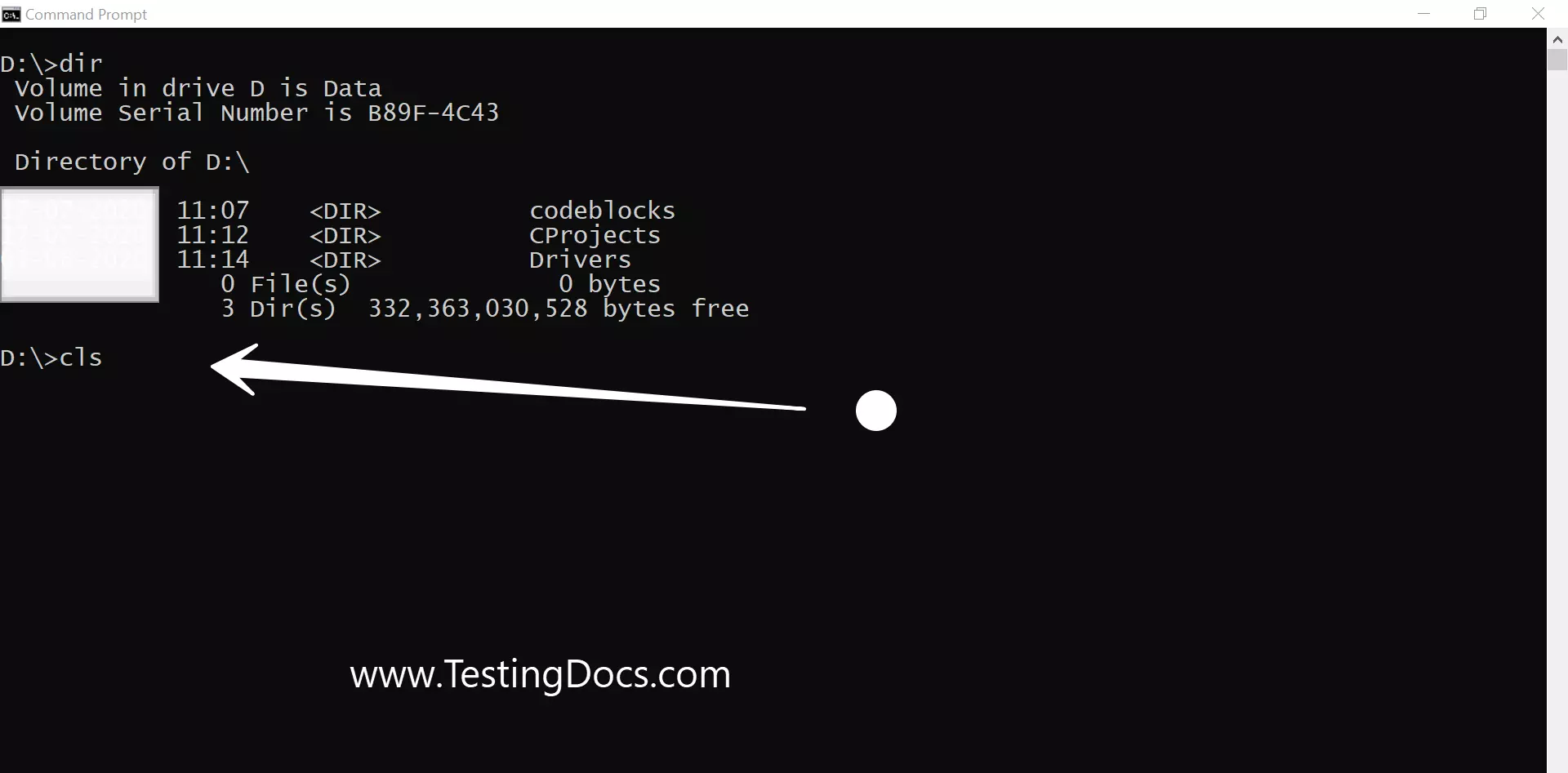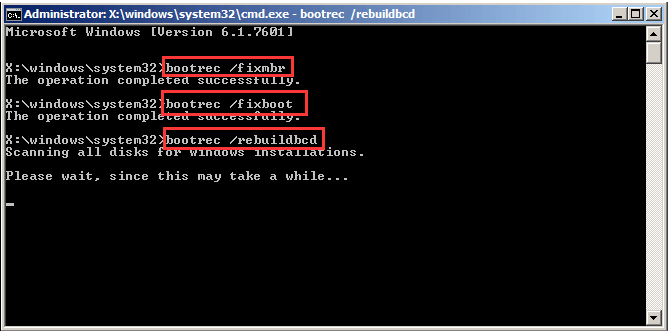
/command-prompt-2625840-v1-5fffb453e4ed457482f12c79a97757d5.png)
- #Ms command prompt commands how to
- #Ms command prompt commands Pc
- #Ms command prompt commands series
Note: Windows ME (Millennium Edition) was an interesting chimera! It finally replaced the MS-DOS underpinnings and real-mode support of previous versions of Windows with new OS underpinnings that took advantage of Intel’s 8026 processors. Windows 1.x, 2.x, 3.x, 95, and 98, all ran atop an MS-DOS foundation and heavily relied upon their MS-DOS foundations. Many competing GUI’s emerged rapidly in the Apple Lisa and Macintosh, Commodore Amiga (Workbench), Atari ST (DRI’s GEM), Acorn Archimedes (Arthur/RISC OS), Sun Workstation, X11/X Window System, and many others, including Microsoft Windows: Windows 1.0 arrived in 1985, and was basically an MS-DOS application that provided a simple tiled-window GUI environment, allowing users to run several applications side-by-side: The GUI goes mainstreamĮnter, the Graphical User Interface (GUI), inspired by the work of Xerox’ Alto. A more user-friendly, productivity-oriented user experience was required.
#Ms command prompt commands how to
But hundreds of billions of command-line scripts and commands are executed every day on Windows alone! While the Command-Line is a powerful tool in the hands of those with the patience and tenacity to learn how to make the most of the available commands and tools, most non-technical users struggled to use their Command-Line driven computers effectively, and most disliked having to learn and remember many seemingly arcane/abbreviated commands to make their computers do anything useful.

You may never/rarely see batch or command-line scripts running since many are executed in the background while, for example, logging into a work PC. MS-DOS was very rapidly adopted by businesses large and small, that, combined, created many millions of batch scripts, some of which are still in use today! Batch scripts are used to automate the configuration of users’ machines, setting/changing security settings, updating software, building code, etc. Like most mainstream Operating Systems of the time, Microsoft’s MS-DOS’ “Command-Line Interpreter” or “shell” provided a simple, quirky, but relatively effective set of commands, and a command-scripting syntax for writing batch (.bat) files. Ultimately, MS-DOS rose to prominence as the de-facto standard OS for IBM PC’s & compatibles, especially in businesses: Machines based on Unix, CP/M, DR-DOS, and others tussled for position and market share.
#Ms command prompt commands Pc
Our journey now continues along a rather tangled path, starting with early PC’s, winding through Microsoft’s involvement with several Operating Systems, to the newly reinvigorated Command-Line of today: From humble beginnings – MS-DOSīack in the early years of the PC industry, most computers were operated entirely by typing commands into the command-line. In this series’ previous post, we discussed the history and fundamentals of the Command-Line and saw how the architecture of Command-Lines in general has remained largely consistent over time, even while terminals evolved from electro-mechanical teletypes through to modern terminal applications.

#Ms command prompt commands series
Posts in the “Windows Command-Line” series Specifically, we’ll explore its humble origins in MS-DOS, to its modern-day incarnation supporting tools like PowerShell and Windows Subsystem for Linux. In this post we’ll discuss some of the background & history behind the Windows Command-Line. Welcome to the second post in this “Windows Command-Line” series.


 0 kommentar(er)
0 kommentar(er)
